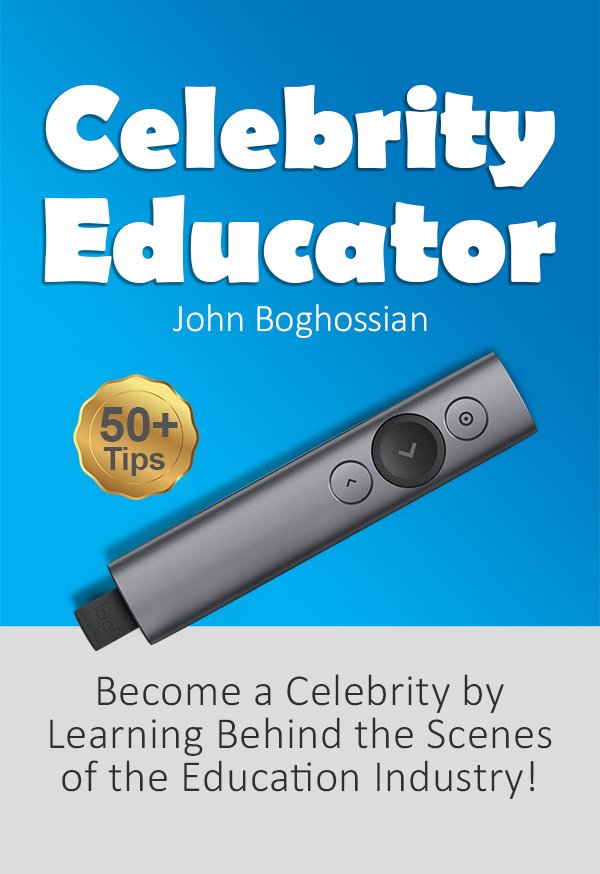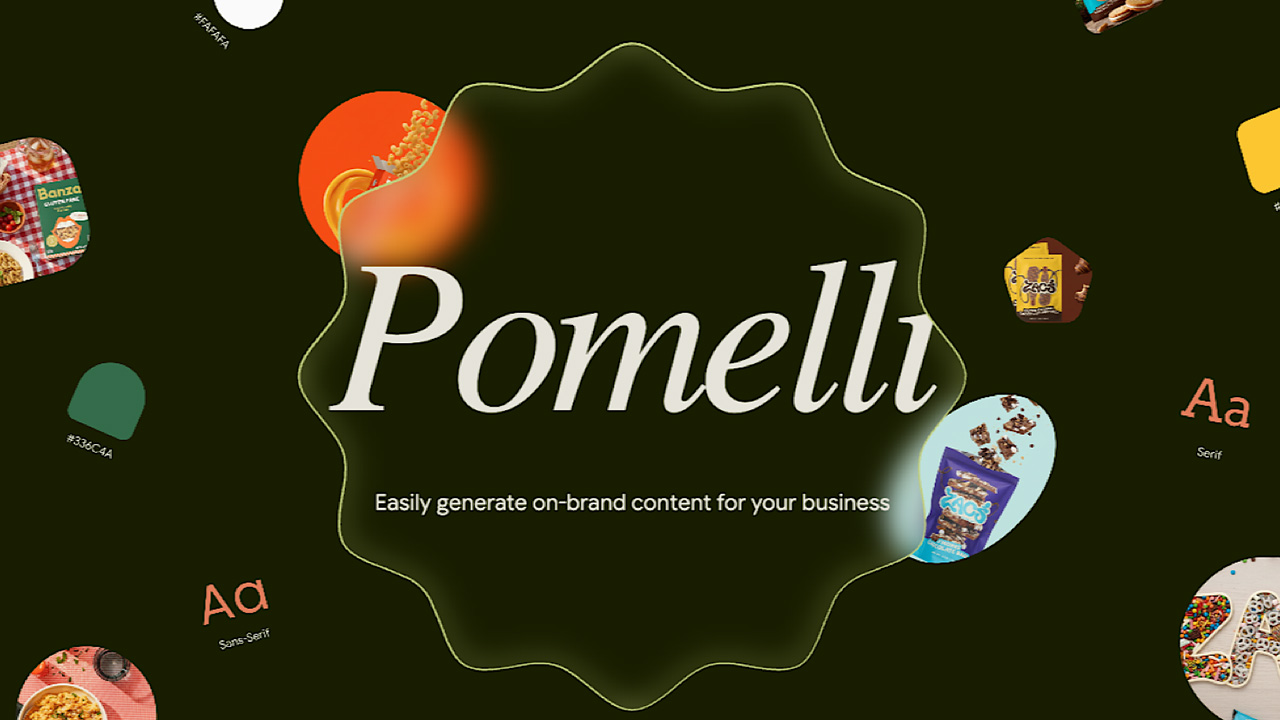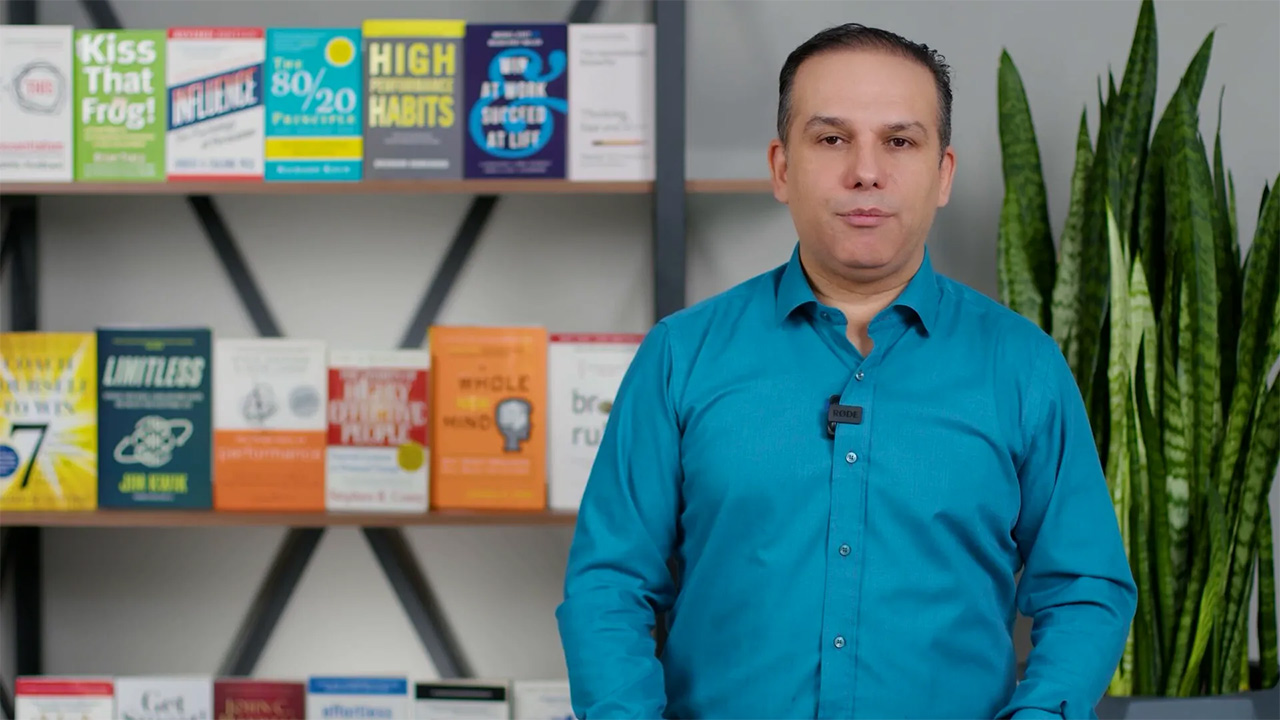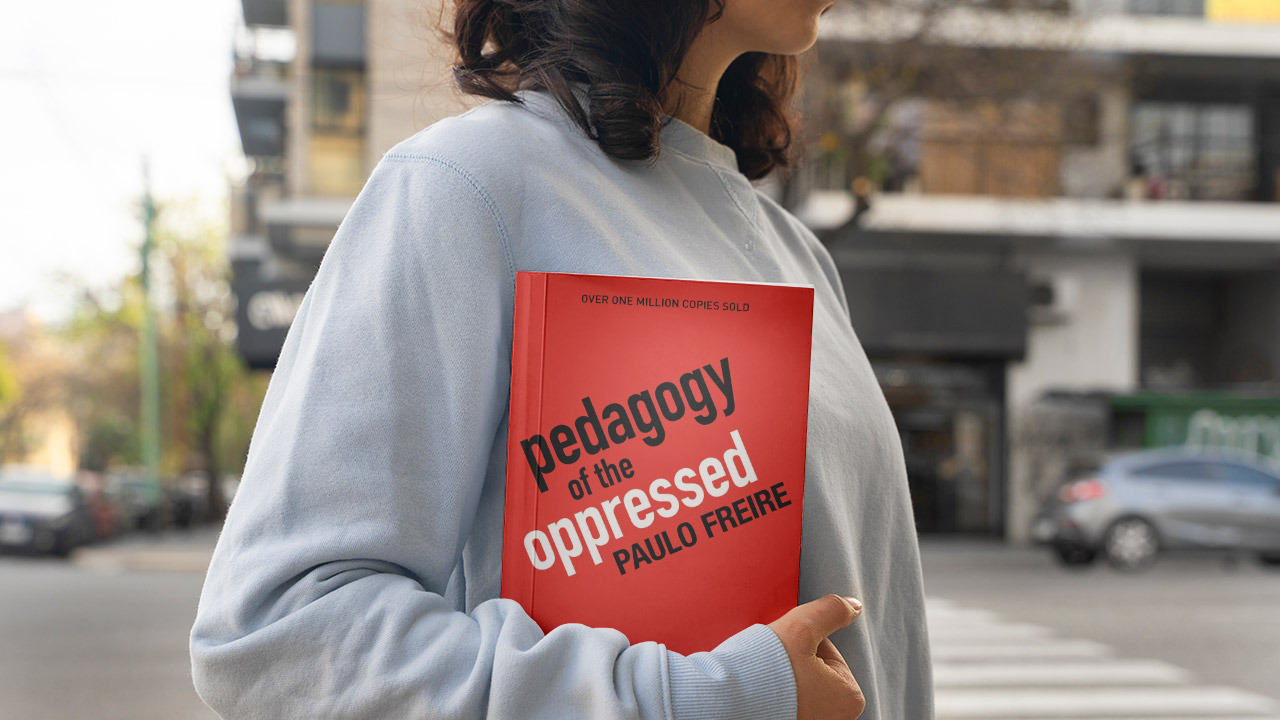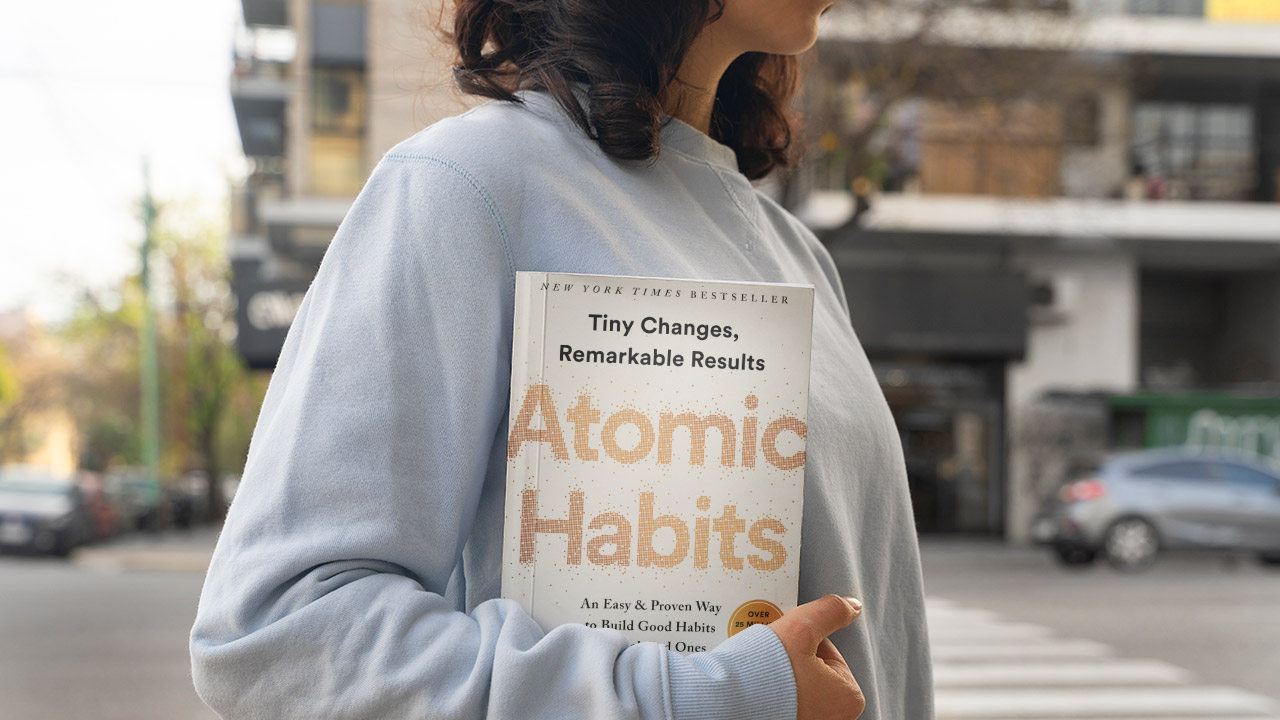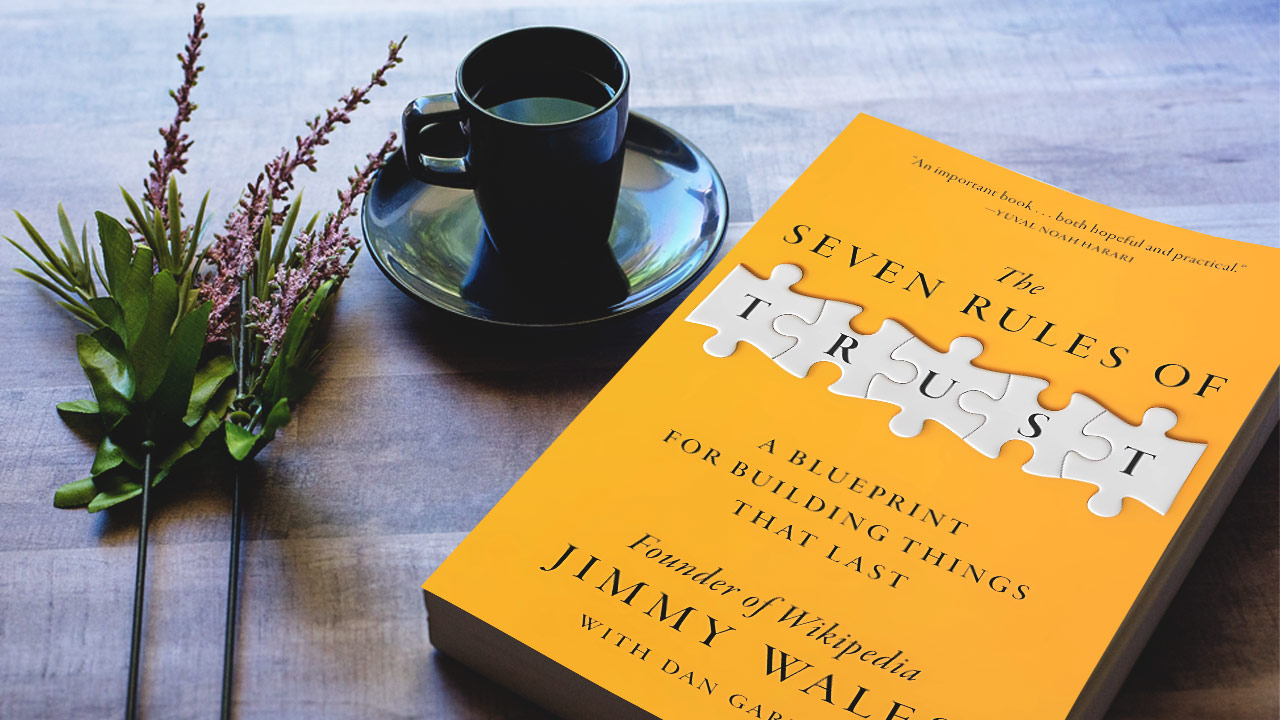Contents
- 1 Signature Presentations Aren’t Unicorns: They’re Workhorses
- 2 Speaker’s Formula™: Sequencing Isn’t Just for Laundry
- 3 Your No BS Guide to Powerful Presentations
- 4 Turning Viewers into Buyers: Offers, Automation, and Awkwardness
- 5 People Are Never Blank Slates (And That’s a Good Thing)
- 6 Conclusion: It’s Messier—And More Profitable—Than You Think
When I think about powerful presentations, I’m haunted by the memory of my first disastrous sales pitch—slides everywhere, cold stares, and the deafening silence as I wrapped up. But here’s the wild part: every flop taught me more than any textbook ever could. Dan Kennedy‘s No BS Guide to Powerful Presentations book doesn’t sugarcoat this either—it grabs you by the collar and throws you into the trenches of real-world presenting. Forget slick, corporate jargon. We’re about to tackle the messy, memorable art of speaking in ways that actually move people (and, sometimes, wallets). This No BS Guide to Powerful Presentations is essential for anyone wanting to improve their skills.
Signature Presentations Aren’t Unicorns: They’re Workhorses
When I first heard the phrase “Signature Presentation,” I pictured something rare and magical—like a unicorn, dazzling and unique. But after digging into Dan S. Kennedy’s No B.S. Guide to Powerful Presentations, my perspective shifted. Kennedy’s approach is refreshingly practical: your signature talk isn’t meant to be a one-off spectacle. Instead, it should be the reliable workhorse of your business growth strategy—something you can use, adapt, and rely on in nearly any setting.
In the No BS Guide to Powerful Presentations, Dan S. Kennedy emphasizes that your signature presentation should be reliable and adaptable, serving as a cornerstone of your communication strategy.
Think of your signature presentation like your favorite pair of jeans. It’s comfortable, fits just right, and works for almost any occasion. Whether you’re leading a workshop, delivering a keynote, or jumping on a quick sales call, this presentation should feel familiar and adaptable. Kennedy puts it simply:
“Owning at least one highly effective presentation is a success essential…” – Dan S. Kennedy
He’s served over a million business owners, and his advice is rooted in what actually works. A well-crafted presentation isn’t just an event—it’s a business asset. It should be versatile enough for webinars, in-person seminars, sales pitches, or educational sessions. Research shows that adaptability is key; your core story remains, but you remix your message for each audience—like tailoring a song for different radio stations.
Personally, I’ve found that the most effective professional presentations are the ones I can tweak without losing their essence. For example, I once changed more slides for a small local meetup than I did for a 200-person webinar. The intimacy of the audience called for a different tone and more interaction, but the backbone of my signature presentation stayed the same. This adaptability is what makes a presentation a true asset for business growth.
Studies indicate that visual storytelling and consistent themes enhance engagement and memorability. Rehearsal and interactive elements—like whiteboards or distributed notes—help you master your presentation skills and connect with any audience. The goal is to make your signature presentation work for you, not the other way around.
Ultimately, a signature presentation isn’t about hype or flash. It’s about creating a repeatable, adaptable tool that fuels your business growth—no matter the stage or medium.
Understanding the principles laid out in the No BS Guide to Powerful Presentations ensures that your presentations will resonate longer with your audience.
Speaker’s Formula™: Sequencing Isn’t Just for Laundry
Your No BS Guide to Powerful Presentations
When it comes to presentation techniques, Dan S. Kennedy’s Speaker’s Formula™ stands out as a practical, no-nonsense framework. Think of it as the ultimate shopping list for effective presentations: skip even one item, and your speech can fall flat. Kennedy’s 12-point sequence isn’t just a checklist—it’s a psychological journey designed to maximize audience engagement and drive results.
Referring to the No BS Guide to Powerful Presentations, it’s clear that a structured approach can enhance your audience’s experience.
Here’s the structure in a nutshell:
- Attention
- Rapport
- Credibility
- Problems
- Solution
- Expectations
- Social Proof
- Benefits
- Offer
- Guarantee
- Deadline
- Call to Action (CTA)
Each component builds on the last, guiding your audience from curiosity to conversion. There’s a real psychology to this order: you first grab attention, then establish rapport and credibility, reveal the pain points, and only then introduce your solution. By the time you present your offer, you’ve already addressed objections and built trust. As Kennedy puts it,
“Success loves sequence.”
From my own experience, skipping a step—especially social proof—can be a costly mistake. I once “winged it” and left out testimonials, thinking I’d save time. The result? Engagement tanked, and the room felt skeptical. Research shows that sequencing your content carefully maximizes persuasion and retention, which matches what I’ve seen in real-world settings.
What I appreciate about the Speaker’s Formula™ is its flexibility. Whether you’re delivering a keynote, running a webinar, or pitching to a small group, this structure adapts. It’s not about hype or flashy tricks; it’s about methodically guiding your audience through a compelling story that addresses their needs and leads them to action. The formula also helps keep you on track—once, a Q&A session pulled me off course, and I struggled to regain focus. With Kennedy’s structure, it’s easier to steer the conversation back to your core message.
Ultimately, the Speaker’s Formula™ isn’t just about what you say, but how and when you say it. By respecting the sequence, you create a presentation that feels natural, persuasive, and memorable—without resorting to empty hype.
Turning Viewers into Buyers: Offers, Automation, and Awkwardness
One thing that stuck with me from Kennedy’s No B.S. Guide to Powerful Presentations is his relentless focus on what he calls the Irresistible Offer Architecture®. It’s not just another marketing buzzword. The real difference between applause and crickets? Connecting your offer to what the audience actually needs—emotionally and financially. As Kennedy puts it,
Kennedy’s insights from the No BS Guide to Powerful Presentations highlight the importance of aligning your offer with your audience’s needs.
“When an offer connects with that, it alone can drive extraordinary results…”
That’s not hype. It’s about understanding the pre-existing conditions your audience brings—habits, beliefs, even their budget. Kennedy’s “three-triangle approach” to offer creation is all about hitting those emotional and financial triggers. If you want sales conversion from your next webinar, you need to build your offer around what really matters to your viewers, not just what you want to sell.
Another big takeaway: Online, your talk is TV. That means production quality matters. Even small upgrades—like better lighting, clear audio, or dynamic visuals—make you more memorable. Research shows that using compelling images and a consistent visual theme can boost webinar engagement and help your message stick. Treating your online presentation like a mini-broadcast, with graphics, transitions, and maybe a quick story or two, can set you apart in a crowded space.
In line with the No BS Guide to Powerful Presentations, ensuring quality in every aspect of your presentation will convey professionalism and engagement.
Then there’s automation. Kennedy’s advice? Let technology do the heavy lifting. Tools like StealthSeminar let you “speak while you sleep,” reaching new audiences and freeing up your time for other projects (or, honestly, more coffee). Automated webinars keep your presentation skills working for you around the clock. But here’s where I learned the hard way: follow-up matters just as much as the pitch. After one launch, I dropped the ball on email follow-ups and watched potential sales slip away. Research indicates that timely, personalized follow-up is key for effective communication and higher conversions.
Whether you’re running live seminars, online videos, or automated webinars, the formula is the same: craft a compelling offer, deliver it with polish, and don’t let the conversation end when the presentation does. That’s how you turn viewers into buyers—awkward moments and all.
People Are Never Blank Slates (And That’s a Good Thing)
One of the most valuable lessons I’ve learned about Audience Engagement is this: nobody walks into your presentation as a blank slate. Every person brings their own mix of biases, pain points, and secret dreams. As Dan S. Kennedy puts it,
“People come into your audience with pre-existing conditions…”
That simple truth changed the way I approach Presentation Skills and Effective Communication. Instead of wishing for a neutral crowd, I now see the quirks and baggage people carry as opportunities. It’s not just about what you want to say—it’s about what your audience is ready to hear.
Take the time I spoke at a vegan cheese festival. Every joke, every story, every example had to be dairy-free. If I’d ignored that context, my message would have fallen flat. Kennedy would call this “meeting them where they are.” And he’s right. Tapping into those unique audience quirks makes your message stickier and more relevant. It’s how you craft Compelling Stories that actually land.
Research shows that understanding pre-existing audience conditions is essential for relevance and persuasion. These conditions aren’t just mental or emotional—they’re also financial, philosophical, and experiential. Kennedy outlines four key criteria to consider:
The No BS Guide to Powerful Presentations emphasizes the significance of understanding your audience’s demographics and backgrounds.
- Demographics: Age, gender, location, and other basics
- Psychographics: Attitudes, values, and lifestyle
- Past Experiences: What they’ve tried, what’s failed, what’s worked
- Financial Ability: Can they buy? Should they buy? Will they buy now?
When you tailor your presentation to these factors, you’re not just delivering information—you’re building empathy and trust. Studies indicate that strategies like mirroring positive body language and using interactive elements (like whiteboards or speaker notes) can further boost engagement. Even something as simple as a consistent visual theme or a well-placed story can make your message more memorable.
Addressing audience preconceptions and tailoring your message accordingly isn’t just a nice-to-have. It’s vital for genuine engagement. The more you know about your audience’s history and mindset, the more effective—and persuasive—your communication becomes.
Conclusion: It’s Messier—And More Profitable—Than You Think
If there’s one thing the No B.S. approach to Professional Presentations has taught me, it’s that the path to truly effective Presentation Skills isn’t neat or predictable. No one’s first draft rocks the stage. The best presentations I’ve seen—and the ones that have driven real business results for me—grew out of a messy mix of trial, error, honest feedback, and the occasional wild experiment. It’s rarely about having perfect slides or a flawless script. Instead, it’s about showing up with genuine intent, connecting with your audience, and offering real value.
Ultimately, the No BS Guide to Powerful Presentations reveals that authenticity combined with strategic delivery can transform your presentation into a powerful tool for connection.
Dan Kennedy’s advice is refreshingly blunt: focus on what matters. Audiences don’t want a robotic delivery or slides crammed with information. They crave humanity. They want to feel like you’re speaking to them, not at them. That means letting go of the idea that you need to be polished to the point of perfection. Instead, blend preparation with improvisation. Be ready, but also be willing to adapt in the moment. Research shows that interactive Presentation Techniques—like storytelling, visual engagement, and even mirroring positive body language—can make your message stick and your presence memorable.
What really stands out from Kennedy’s No B.S. wisdom is the idea of turning your presentation into a business asset. A signature presentation, crafted and refined over time, becomes more than just a talk—it’s a repeatable, scalable engine for growth. Consistency matters, but so does authenticity and ongoing learning. The most profitable presentations are those you can deliver again and again, each time tweaking and improving based on what you learn from your audience. Studies indicate that this blend of asset creation, authentic storytelling, and adaptable systems is what transforms presentations into true business drivers.
And don’t forget the power of connection. As Kennedy puts it,
“Establishing your own circle of Connectors can fuel your business like nothing else.”
Building relationships, both with your audience and with influencers in your field, multiplies your impact far beyond what a single presentation can achieve.
In the end, mastering Presentation Skills isn’t about following a formula to the letter. It’s about borrowing what works, breaking the mold, and making your approach your own. That’s where the real profit—and the real satisfaction—lies.
In a nutshell: Authenticity, attention to audience quirks, and the guts to try something different—these trump robotic polish every time when it comes to powerful presentations. Kennedy’s ‘No B.S.’ approach is your permission slip to present like a human, not a sales robot.
No BS Guide to Powerful Presentations serves as a powerful reminder that true engagement lies in being genuine and memorable.


